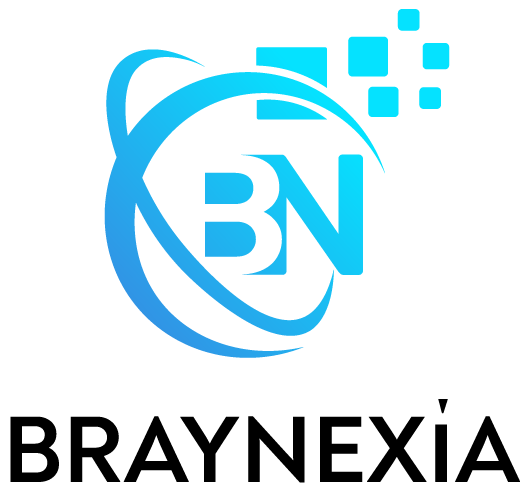
Shift-left testing—starting quality assurance (QA) early in the software development lifecycle—has become a game-changer for teams aiming to deliver robust products faster. By catching issues before they snowball, this approach saves time, reduces costs, and boosts team morale. Here’s why shift-left testing is worth adopting.

Shift-left testing—starting quality assurance (QA) early in the software development lifecycle—has become a game-changer for teams aiming to deliver robust products faster. By catching issues before they snowball, this approach saves time, reduces costs, and boosts team morale. Here’s why shift-left testing is worth adopting.
Catching Bugs Early Reduces Rework
Fixing a bug in production can cost 10x more than addressing it during development. Shift-left testing integrates QA from the requirements phase, using tools like JIRA to align testers and developers. For example, reviewing user stories upfront catches ambiguous requirements before coding begins.
Automation Speeds Up Delivery
Early testing encourages automation, which is critical for fast-paced Agile projects. Automated unit tests, built with frameworks like JUnit or pytest, catch issues during coding sprints. This reduces manual testing bottlenecks and ensures consistent quality across iterations.
Collaboration Drives Better Outcomes
Shift-left fosters a “we’re in this together” mindset. Developers write testable code, while testers provide early feedback. Regular sprint planning and pair programming sessions ensure everyone understands the product’s goals. A real-world case: a fintech startup cut release cycles by 30% after adopting shift-left practices.
How to Start
Begin small. Train developers on basic testing principles, like writing unit tests. Use CI/CD pipelines (e.g., Jenkins) to run automated tests on every commit. Encourage QA to join design reviews to spot potential issues early.
Takeaway
Shift-left testing isn’t just a buzzword—it’s a practical way to build better software faster. By prioritizing early QA, teams avoid costly last-minute fixes and deliver products users love. Ready to shift left? Audit your workflow and start integrating QA earlier this week.



